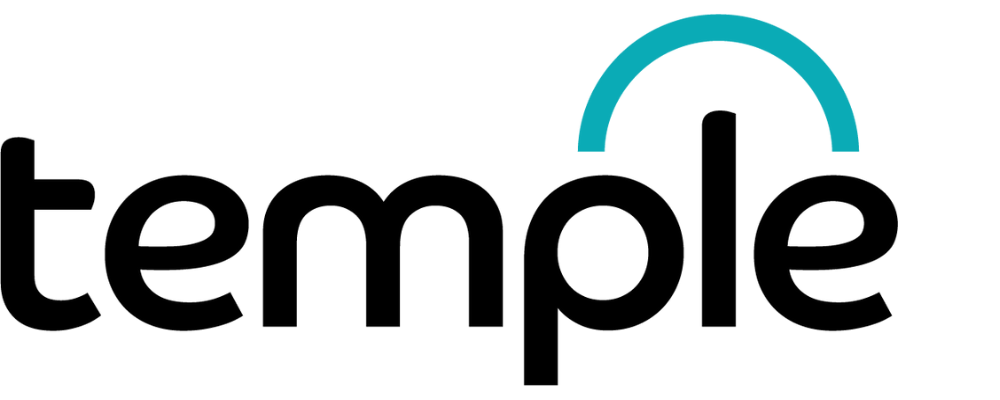ISO 9001:2026 – Will Staff Need Additional Training?
With a new version of ISO 9001 on the horizon, questions are already swirling about what the 2026 update might mean for certified organisations, particularly when it comes to training and competence.
Will employees need to attend more courses? Will auditors be asking to see training certificates? Or will this revision simply call for a closer look at internal systems, with minimal disruption?
Let’s explore what businesses can expect and how to prepare.
A Brief Look Back
The ISO 9001 standard has evolved steadily over the decades, with major revisions roughly every 15 years:
1987 – First edition
1994 – Minor update
2000 – Major revision
2008 – Minor revision
2015 – Major revision
2026 – Next expected update
The committee responsible for ISO 9001, ISO/TC 176, began preparations for a new revision after concluding that the 2015 version no longer fully addressed today’s operational challenges. Originally slated for 2025, the revision is now expected to be released in 2026.
So, Will Training Be Required?
The short answer? It depends.
If past updates are anything to go by, changes to the ISO 9001 standard typically vary in scope—from minor clarifications to full structural overhauls. Whether training is necessary will largely depend on the extent of those changes and how they affect your organisation's quality management system (QMS).
For example, a recent amendment to Annex SL (the common structure underpinning ISO standards) introduced the concept of climate change as a context consideration. While this didn’t trigger formal training requirements, it did necessitate internal discussion and review.
Training isn’t always the answer—and it’s not always enough.
Managing the Transition: A Step-by-Step Approach
Regardless of how substantial the revision turns out to be, certified organisations will need to demonstrate that they have understood and implemented the necessary updates. Here's a structured approach to doing just that:
1. Stay Informed
How will you know the standard has changed? Many organisations rely on subscriptions to standards update services (such as Nimonik or GlobalSpec) or follow updates on LinkedIn or ISO’s official channels. Clause 7.5.3.2 of ISO 9001 supports the need to control external documents like standards.
2. Review the Changes
ISO 9001 clause 9.3 (Management Review) specifically calls for attention to changes in external and internal issues. Any revision to the standard will qualify. Start by assessing the impact on your current QMS.
3. Plan the Transition
Clause 6 of ISO 9001 highlights the importance of planning for change. Assign responsibilities, set timelines, and identify resources needed to adapt to the new version.
4. Implement the Updates
This stage might touch on several areas, including:
Resources (clause 7.1)
Competence and awareness (clauses 7.2, 7.3)
Communication (7.4)
Documented information (7.5)
Control of changes (8.5.6)
5. Conduct Internal Audits
Clause 9.2.2 requires internal audits to consider any changes that affect the QMS. These audits help verify that the updates are not only in place but also effective.
6. Management Review
Final step: ensure that leadership reviews the effectiveness of the transition. Confirm that the new standard’s requirements have been cascaded properly across the business.
Competency vs Training
It’s important to distinguish competence from training. ISO 9000 (the normative reference for ISO 9001) defines competence as “the ability to apply knowledge and skills to achieve intended results.” In other words, training is just one route to competency.
Your internal auditors, for example, may not need to attend another classroom session if the changes are minimal. However, if the update introduces entirely new concepts or methodologies, you might need to develop capabilities in-house or seek expert support.
If practical application or deeper behavioural insights are needed—for instance, in people assessments or sustainability integration—then training or external consultancy might be justified.
Creating a Competency Plan
Using frameworks like Bloom’s Taxonomy can help map out what your staff need to know and do:
Do they need to remember and understand the changes?
Should they be able to apply new processes?
Are they expected to create new systems or strategies?
Once outcomes are defined, the development path becomes clearer. In many cases, discussion groups, self-study, or coaching can be just as effective as formal training.
Timing the Transition
When ISO 9001:2026 is published, certified organisations will be given a transition period to adopt the new version—likely around 18 months, based on past experience. This allows two audit cycles to update your QMS and prove compliance.
In that time, internal audits, reviews, and any necessary training should be completed. Avoid leaving it to the last minute—early planning reduces risk and builds confidence.
Final Thoughts
Will the 2026 revision require more training? Possibly. But it’s not a given. What’s more important is a structured response: stay alert, review the changes, evaluate impacts, and ensure your people remain competent to deliver quality.
Training is a tool, not a checkbox. Use it wisely.
For details on Temple QMS training and consultancy services on ISO 9001. Go here:
Training - https://templeqms.com/iso-9001
Consultancy - https://templeqms.com/iso-9001-certification

